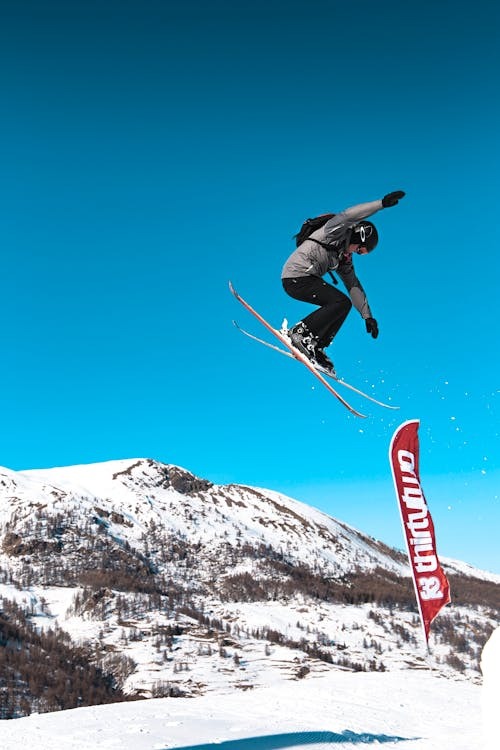
Sport‐specific differences in ACL injury, treatment and return to sports—Ski jumping
21/04/2024
Jakub Oronowicz*, Gunter Frenzel, Hubert Hörterer, Håvard Moksnes, Guri Ranum Ekas, Jan Cabri, Thomas Tischer, Romain Seil
*Corresponding author for this work
INTRODUCTION
Ski jumping is a very difficult sport discipline requiring extreme technical finesse at high velocity and thus has a specific injury profile. Fortunately, debilitating injuries resulting in permanent disability, such as blindness or lesions to the central nervous system, were eradicated long ago. Compared with other winter sports (i.e., alpine skiing), ski jumping has been reported to have a lower general injury risk. Absolute injury rates in female ski jumpers have been reported to be around 26 injuries/100 athletes/season. The knee is the most frequently affected body part, accounting for 33% of the injuries. Severe knee injuries and especially anterior crucial ligament (ACL) tears seem to be very common, although their exact incidence is still unknown. In countries such as Germany and Norway, ski jumping is popular, has a long tradition and the elite‐level athletes from these countries have been very successful. Recently, many ACL injuries have been observed by members of the medical staff (G. F., G. R. E. and H. M.) in elite male and female ski jumpers. Severe knee injuries, especially ACL injuries, can cause long‐term time losses, decreased perform- ance levels after return to competition and end a career prematurely. Therefore, it is crucial to better understand the sport‐specific ACL injury mechanisms to optimise the treatment and to develop prevention strategies.
